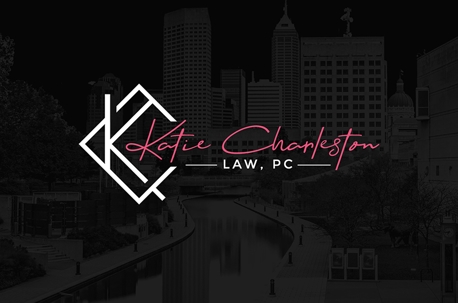Do You Need a Copyright and How Do You Protect It?
If you create something that’s an original, including a painting, sketch, body of written work such as a screenplay or novel, or piece of music, you automatically own the copyright to that work.
However, the automatic copyright that comes along with creation can be hard to enforce, which is why many people choose formal copyright registration. This can make copyright infringement issues easier to deal with or provide additional legal paths to protecting your rights.
What Is Copyright?
Copyright is a legal right of ownership over a specific type of creative work.

If you own the copyright, you are the only person with the legal right to:
- Reproduce the work or give permission for the work to be reproduced
- Create derivative work based on the original
- Distribute or sell the work or give permission for it to be sold or distributed
- Display the work or give permission for it to be displayed
- Perform the work or give permission for it to be performed
These rights are obviously important. Without copyright, the novelist doesn’t retain control over the ownership of his or her writing, which can mean others can publish it without permission and reduce potential profits for the writer. The same can be true for a variety of works, and businesses also benefit from copyrights.
For example, information that is written by a business owner or their staff and published on the business’s website is generally owned by that business. Imagine that a business invests heavily in thought leadership to position itself as an authority in an industry. It can be damaging to that business’s brand if others steal the content and publish it on their own sites.
What Can Be Protected by Copyright?
All types of “authored” works can be copyrighted. In this case, the term “author” doesn’t just refer to someone who uses text to create narratives. It’s a broader concept to refer to the original creator of a work.
Types of work that can be copyrighted included, but aren’t limited to:
- Literary works such as short stories, poems, essays, novels, and nonfiction
- Dramatic works, such as film and stage scripts
- Musical works, including lyrical and instrumental songs
- Works of fine art, including sculptures, drawings, paintings, collages, and digital images
- The results of some of the above, such as movie films and sound recordings
- Architectural drawings and other related works
- Some technical drawings
- Computer programs
- Certain types of maps
What Isn’t Protected by Copyright?
Copyright only applies to works that are “fixed,” which means they are captured in some sort of tangible, permanent medium. This can include digital files.
However, you can’t copyright an idea, procedure, or discovery. Slogans and names also can’t be copyrighted, though you may be able to trademark such phrases. For example, Coca-Cola is a trademarked name.
How Long Is Copyright Good for?
While there are some specific details, and each unique case should be reviewed to determine the exact length of a copyright, general rules apply. For any work created after January 1, 1978, copyright usually extends to 70 years after the death of the author. Copyright can also be extended in some cases.

If the copyright was the result of work created for hire, the timeline is different. The copyright is typically considered good for the shorter of 120 years from creation or 95 years from publication.
An Example of Creator’s Rights
A tattoo artist named S. Victor Whitmill once tried to hold up the release of the blockbuster movie, The Hangover II, based on a copyright infringement issue. The artist claimed that Warner Brothers recreated a tattoo he designed for Mike Tyson for one of the characters in the film.
The judge who heard the motions to halt the film did not grant them. However, she did indicate that Whitmill had a valid copyright infringement case based on the fact that Warner Brothers recreated the tattoo in its entirety without getting his permission. He was, in fact, the “author” of the original work, which means he held the copyright to it.
The case didn’t end up playing out in court, so we don’t know what the ultimate decision would have been. Instead, Warner Brothers settled the case with Whitmill. The outcome of the settlement is confidential, but it’s realistic to assume that Warner Brothers didn’t want to risk more publicity issues or holding up the film release and recognized that it may have made a copyright overstep.
Protecting Your Right to Your Work
Registering your work with the copyright office is an important step in many cases. If you’re not sure if formal copyright registration is the right step for you, consider talking to a copyright attorney.

If you feel that your copyright has been infringed upon, the first step is rarely litigation. Many times, people don’t realize they’ve overstepped a copyright and are happy to make a correction once they receive notice, so that’s often the first place to start.
However, asking nicely obviously isn’t always the right option — it likely wouldn’t have worked in the Whitmill vs. Warner Brothers case, for example. Understanding your legal options is important. If you are dealing with a potential copyright infringement issue, we can help. Give the team at Katie Charleston Law, PC, a call today at (463) 287-6731 to find out more about our services and how we can help you protect your copyright.
The post Copyright Basics: Understanding Your Rights as a Creator appeared first on Katie Charleston Law, PC.

